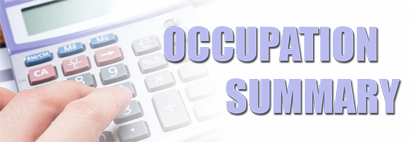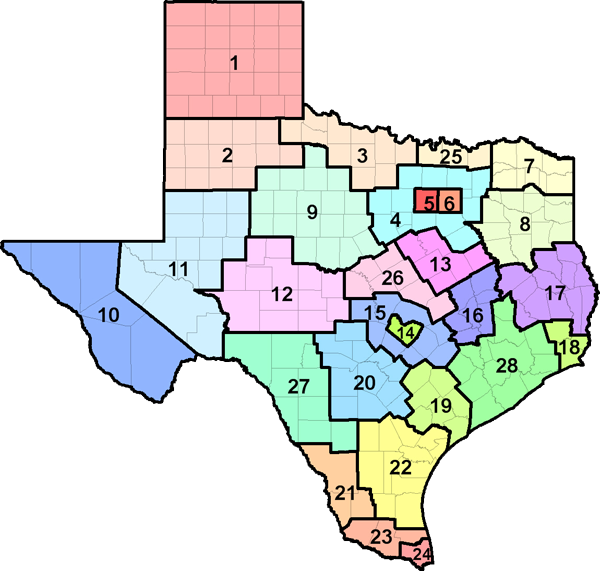The U.S. Department of Labor has developed an automated occupational information database, O*NET, that identifies and describes work content, work skills, and training requirements for all jobs across the country in all sectors of the economy. Much of the occupational information contained in this report is derived directly from the O*NET database, and supplemented with information from the Bureau of Labor Statistics, Census Bureau, and Labor Market and Career Information.

| Industry | % of Bus and Truck Mechanics and Diesel Engine Specialists employed | Annual Growth Rate |
|---|---|---|
| Automotive repair and maintenance | 9.2 | 0.30 |
| Motor vehicle and motor vehicle parts and supplies merchant wholesalers | 9.2 | 0.79 |
| Automotive equipment rental and leasing | 4.8 | -0.22 |
| Elementary and secondary schools | 3.2 | -0.33 |
| Waste collection | 3 | 0.87 |
| Machinery, equipment, and supplies merchant wholesalers | 2.4 | -0.60 |
| 2024 Statewide average hourly wage | $28.19 |
| 2024 National average hourly wage | $30.04 |
| 2022 National employment | 291,600 |
| 2022 Texas employment | 26,110 |
| Texas projected employment by 2032 | 29,420 |
| Texas projected annual employment and Turnover openings through 2032 | 2,615 |

| Region | Employment | Projected Employment 2032 | Projected Annual Openings 2032 |
Annual Growth Rate |
Average Income |
|---|---|---|---|---|---|
| Texas (all regions) | 26,110 | 29,420 | 2,615 | 1.20% | $58,638.00 |
| Top 10 Relevant Knowledge Areas | Relevant Importance Levels |
|---|---|
| Mechanical Knowledge of machines and tools, including their designs, uses, repair, and maintenance. |
|
| Transportation Knowledge of principles and methods for moving people or goods by air, rail, sea, or road, including the relative costs and benefits. |
|
| Education and Training Knowledge of principles and methods for curriculum and training design, teaching and instruction for individuals and groups, and the measurement of training effects. |
|
| English Language Knowledge of the structure and content of the English language including the meaning and spelling of words, rules of composition, and grammar. |
|
| Public Safety and Security Knowledge of relevant equipment, policies, procedures, and strategies to promote effective local, state, or national security operations for the protection of people, data, property, and institutions. |
|
| Mathematics Knowledge of arithmetic, algebra, geometry, calculus, statistics, and their applications. |
|
| Computers and Electronics Knowledge of circuit boards, processors, chips, electronic equipment, and computer hardware and software, including applications and programming. |
|
| Administration and Management Knowledge of business and management principles involved in strategic planning, resource allocation, human resources modeling, leadership technique, production methods, and coordination of people and resources. |
|
| Production and Processing Knowledge of raw materials, production processes, quality control, costs, and other techniques for maximizing the effective manufacture and distribution of goods. |
|
| Customer and Personal Service Knowledge of principles and processes for providing customer and personal services. This includes customer needs assessment, meeting quality standards for services, and evaluation of customer satisfaction. |
| Top 10 Relevant Skill Areas | Relevant Importance Levels |
|---|---|
| Troubleshooting Determining causes of operating errors and deciding what to do about it. |
|
| Repairing Repairing machines or systems using the needed tools. |
|
| Operations Monitoring Watching gauges, dials, or other indicators to make sure a machine is working properly. |
|
| Equipment Maintenance Performing routine maintenance on equipment and determining when and what kind of maintenance is needed. |
|
| Quality Control Analysis Conducting tests and inspections of products, services, or processes to evaluate quality or performance. |
|
| Critical Thinking Using logic and reasoning to identify the strengths and weaknesses of alternative solutions, conclusions, or approaches to problems. |
|
| Speaking Talking to others to convey information effectively. |
|
| Equipment Selection Determining the kind of tools and equipment needed to do a job. |
|
| Judgment and Decision Making Considering the relative costs and benefits of potential actions to choose the most appropriate one. |
|
| Operation and Control Controlling operations of equipment or systems. |
| Top 10 Relevant Abilities | Relevant Importance Levels |
|---|---|
| Near Vision The ability to see details at close range (within a few feet of the observer). |
|
| Arm-Hand Steadiness The ability to keep your hand and arm steady while moving your arm or while holding your arm and hand in one position. |
|
| Manual Dexterity The ability to quickly move your hand, your hand together with your arm, or your two hands to grasp, manipulate, or assemble objects. |
|
| Finger Dexterity The ability to make precisely coordinated movements of the fingers of one or both hands to grasp, manipulate, or assemble very small objects. |
|
| Control Precision The ability to quickly and repeatedly adjust the controls of a machine or a vehicle to exact positions. |
|
| Hearing Sensitivity The ability to detect or tell the differences between sounds that vary in pitch and loudness. |
|
| Multilimb Coordination The ability to coordinate two or more limbs (for example, two arms, two legs, or one leg and one arm) while sitting, standing, or lying down. It does not involve performing the activities while the whole body is in motion. |
|
| Problem Sensitivity The ability to tell when something is wrong or is likely to go wrong. It does not involve solving the problem, only recognizing that there is a problem. |
|
| Deductive Reasoning The ability to apply general rules to specific problems to produce answers that make sense. |
|
| Extent Flexibility The ability to bend, stretch, twist, or reach with your body, arms, and/or legs. |